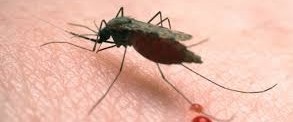Quality check household survey on community birth registry in Bonke woreda in Gamu Gofa Zone in South-west Ethiopia.
Recently Tadesse Data from Arba Minch finished his Masters’ of public health degree at Addis Continental Institute of Public Health and University of Gondar.
In many developing countries, we lack population based and accurate, reliable and complete population data, including birth registration. Recently, we started to register births, neonatal and maternal deaths using health extension workers in south-west Ethiopia.
In his research, Tadesse Data assessed the quality of birth registries done by health extension workers. Specifically, he assessed if the existing birth registries covered the whole population.
He did a community based cross-sectional household survey in Bonke Woreda in Gamo Gofa Zone in south-west Ethiopia. He randomly selected and surveyed 15 of the 30 kebeles (peasant associations) in the woreda (province). He asked about births that had occurred during the last 12 months, and examined if these births were registered in the birth registries.
The study identified 2724 births among a population of 78782. The crude birth rate was 34.5 per 1000 population, and similar to the expected 35 per 1000 population for Ethiopia. About 71 per cent of the births were registered in kebele birth registry. Most of the non-registered births lived in remote areas, and many did not attended antenatal follow up. Eighteen mothers died, and the maternal mortality rate in Bonke Woreda rate is 661 per 100.000 live births.
The study show that health extension workers can do community based birth registration. However, the health extension workers need regular supervision, and we need to improve the coverage of the antenatal services.

